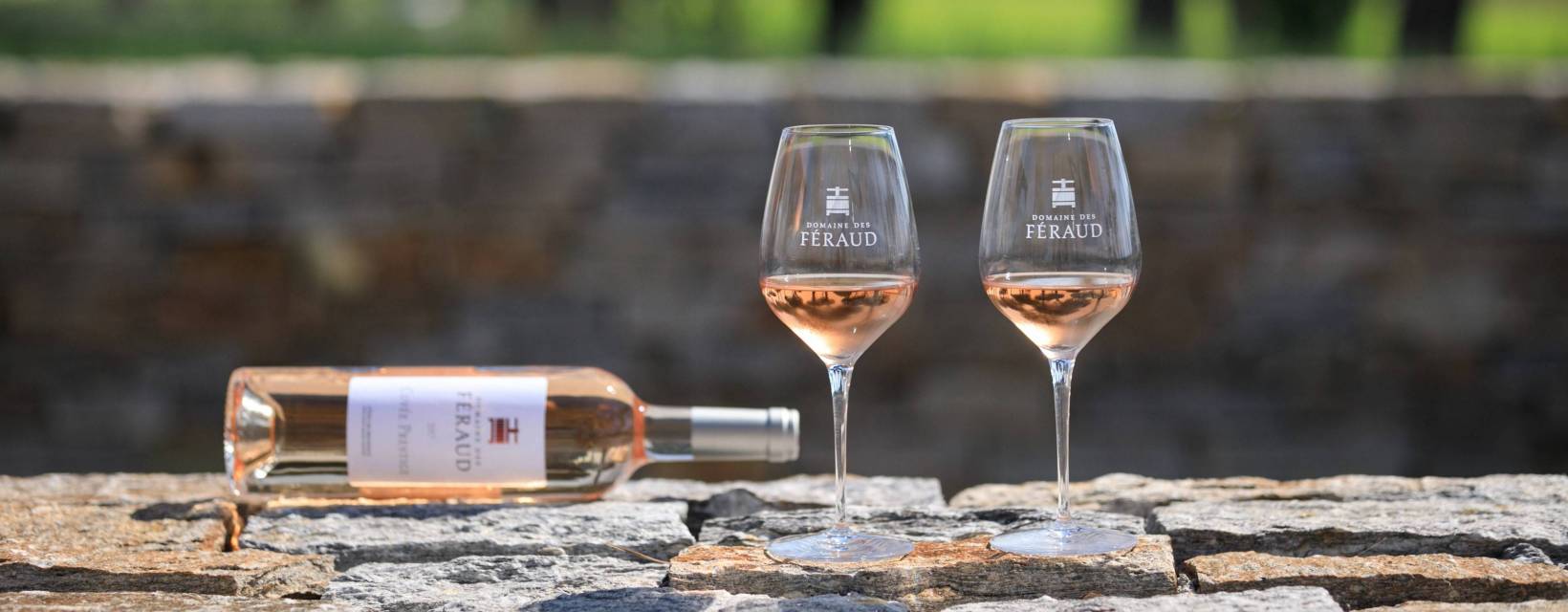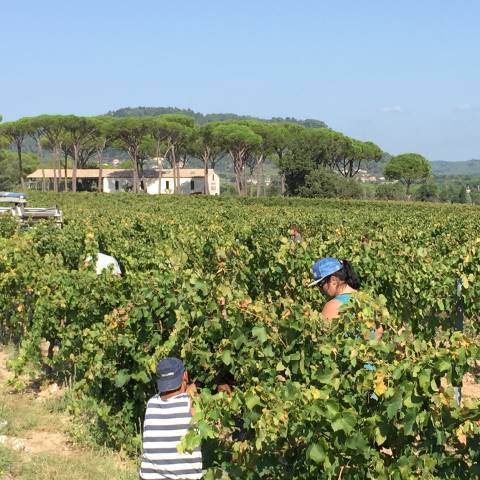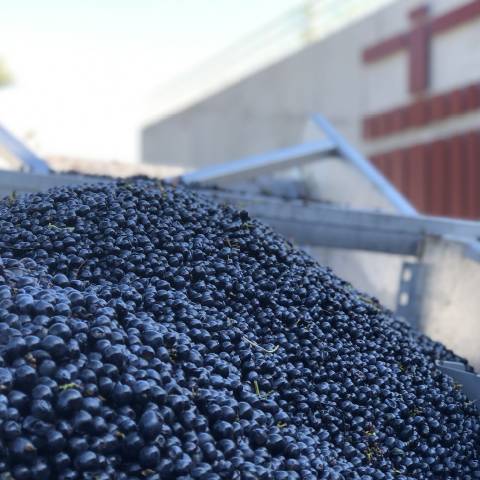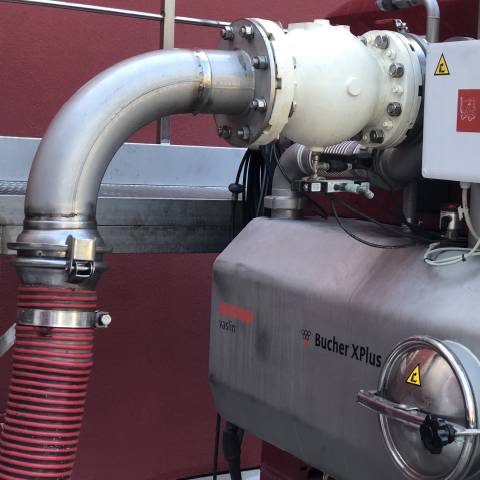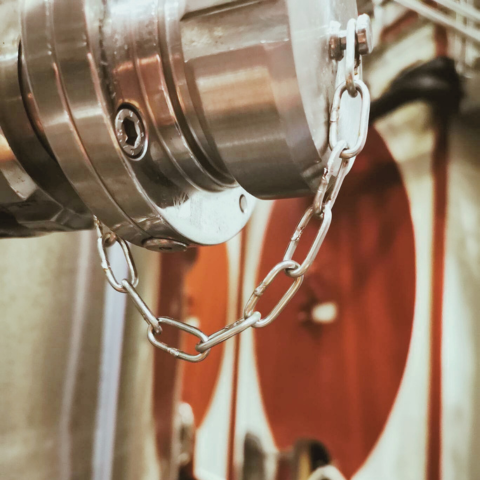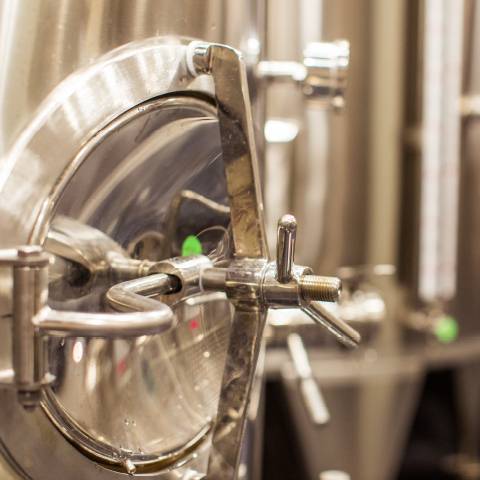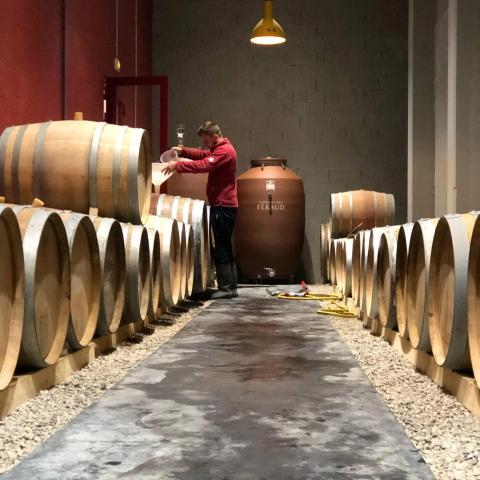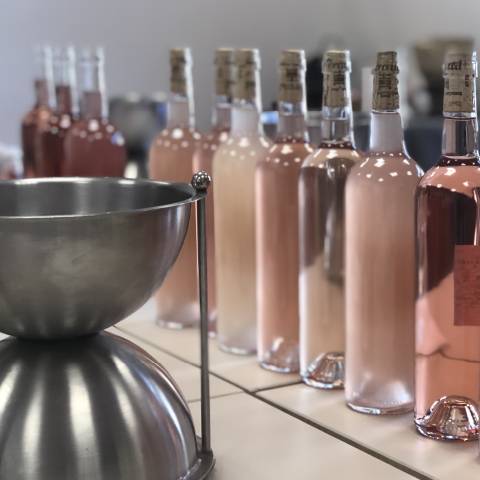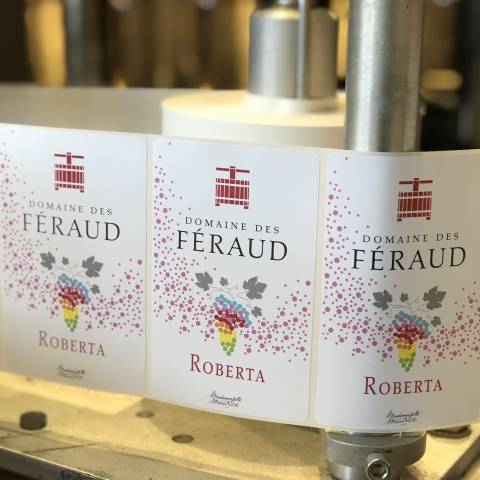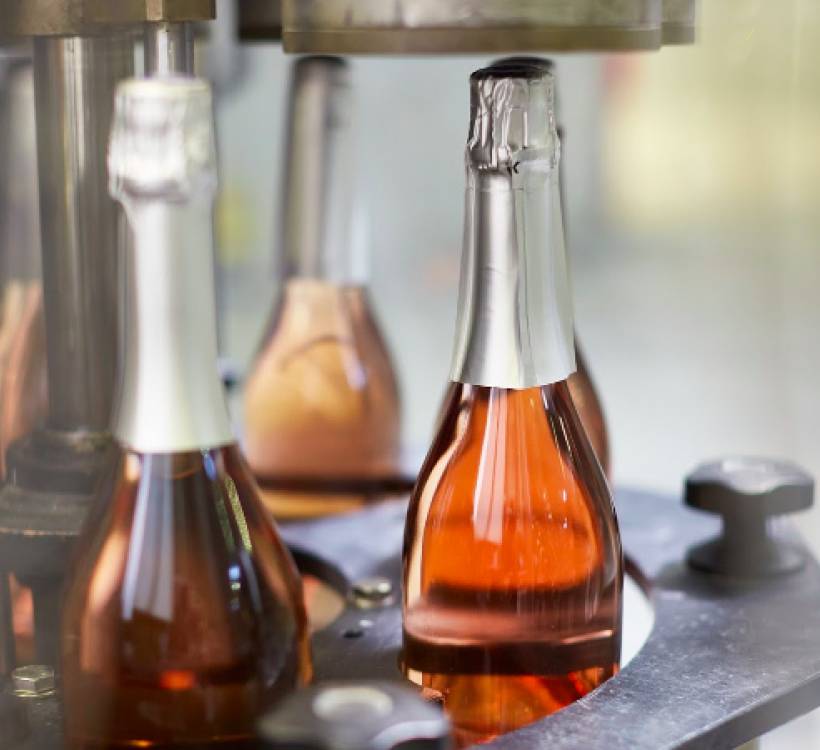
Our Brut « Méthode Provençale »
Our sparkling Annrosé is made from a cuvée of our best Rosés. As in champagne the second fermentation takes place in the bottle.
Two things make our Annrosé a special sparkling wine that is as light, natural and digestible as possible: Contrary to the traditional method, we have chosen the "Méthode Provençale" where we do not use sugar or a "liqueur de tirage" to start the second fermentation in the bottle. Instead, we use the must of the initial cuvée, which we keep frozen before bottling. And our sparkling wine is a Brut Nature, as we do not add any sugar after the "dégorgement". Another term for Brut Nature is "Zero dosage".
